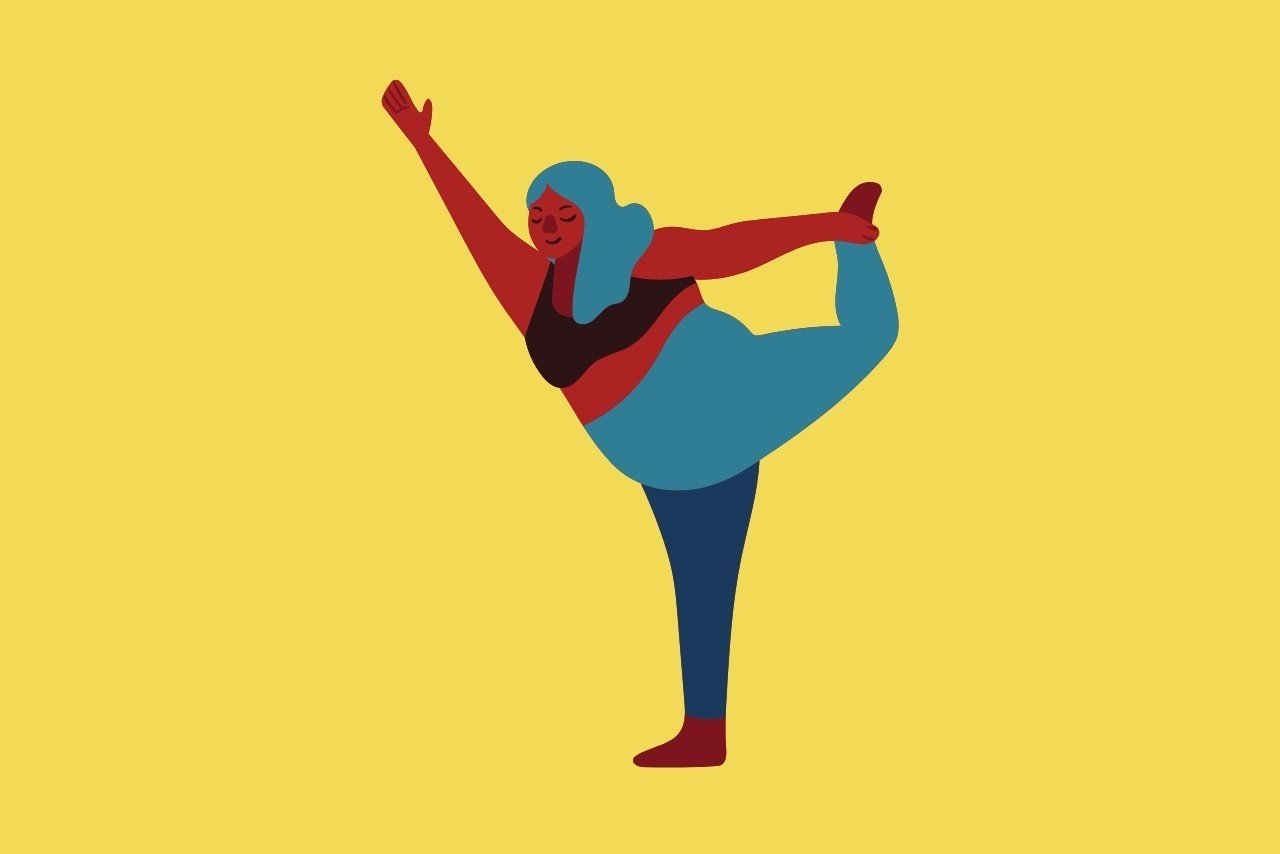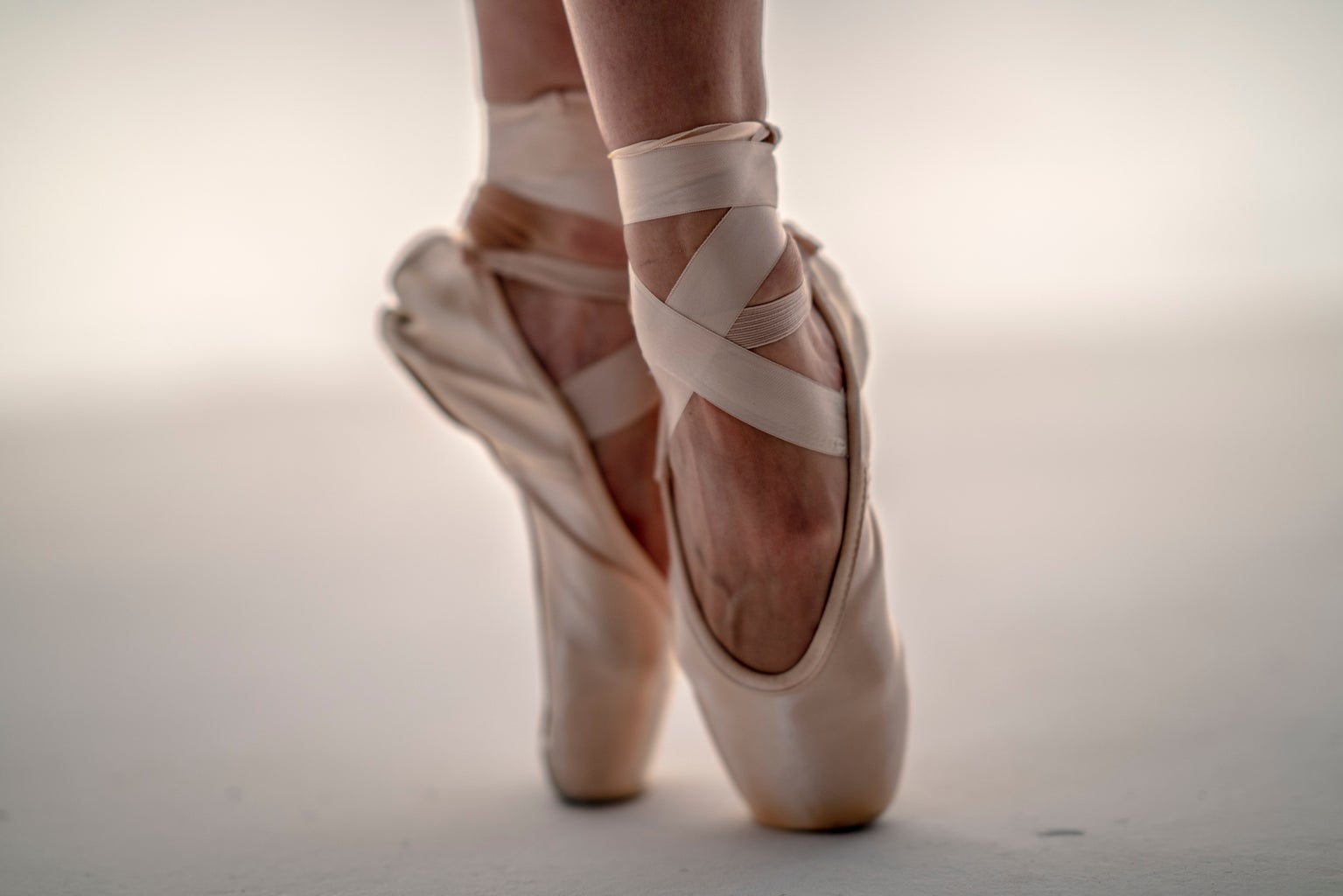While gender is an inescapable influence on all people, I can now identify how my childhood experiences with gender were largely exaggerated by the unique reality of growing up as a dancer. Correction: as a dancer specialized in classical ballet. Having spent more than 15 hours weekly at the studio from my elementary through high school years, I can confidently say that the institution played a major role in shaping not only my dancing, but my development of thought and character, as well.
This commentary stems from a place of absolute adoration of and appreciation for ballet as an art form, but I am a firm believer in the importance of holding the things we love accountable. The rigid, traditional nature of a classical dance studio often creates a microcosm of intense gender roles and implicit messages that are imposed on students from a very young age. It’s time we applied a more critical lens to the archaic messages that traditional ballet (and dance as a whole) often imparts on children.
The typical sport, both co-ed or gender-separated, encourages all athletes to engage with ferocity, strength and strategic cleverness in the game at hand; ballet is vastly distinctive in the sense that gender differences are stressed into the very fabric of how students are taught. I remember my instructors drilling into my impressionable head that girls are meant to be soft, effortless and above all else beautiful, while male dancers are coached to possess strength, sharpness and power. The execution of the same step was meant to look completely different on either side of the gender split. Though equal dedication to technique and training is required for both men and women to dance at a high level, the latter are taught to make their strength appear less purposeful and more graceful. While I understand the loyalty of teaching traditional ballet and recognize the undeniable beauty of such teachings, it is simultaneously imperative to identify the consequences of the hyper-binary, hyper-feminine ideals being pushed upon young girls.
Along these same gendered lines, ballet worships a very strict beauty standard, creating an inaccurate, monolithic view of what it means to look feminine. Both muscles and curves — natural parts of athleticism and womanhood — are rejected in favor of a lean, thin, childlike frame. Attempting to appeal to this particular image, we compress ourselves emotionally and distort ourselves physically. The increasing rate of eating disorders, body dysmorphia and depression in young dancers is a patriarchal byproduct.

This same idea of softened womanhood transcends the narrative of most ballets celebrated today. From The Nutcracker to La Bayadere, the performances showcase plot lines in which female characters are married off or saved by men as a resolution, reinforcing the idealization of traditional feminine qualities.
While ballet will always hold a fond place in my heart and memory, I can’t help but reject the messages I once held as accepted truths for so much of my life. Because of the institutionally conservative and problematic nature of the ballet world today, we must continue having conversations that break down these narratives and dismantle their power. Dispelling the myth of binary femininity will amplify the true artistry of ballet and break down barriers for those of all bodies (whatever gender they may be).




